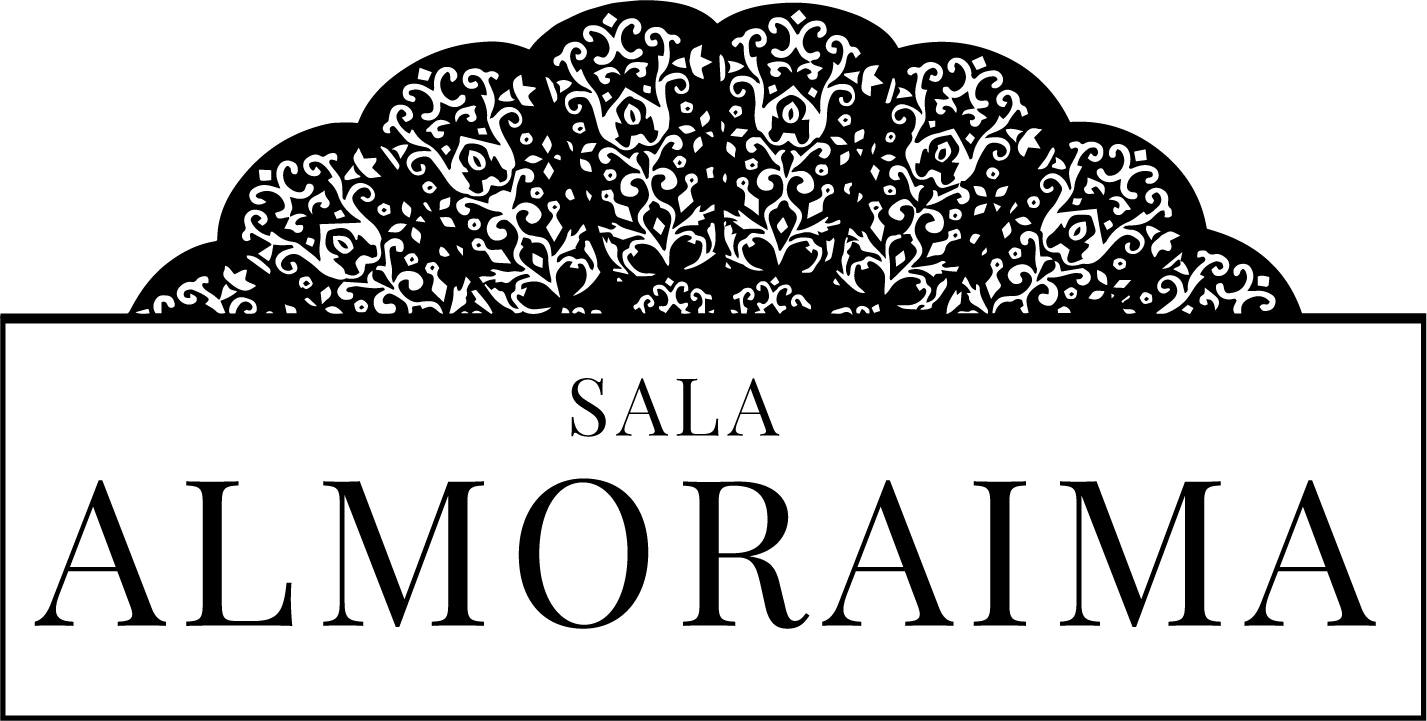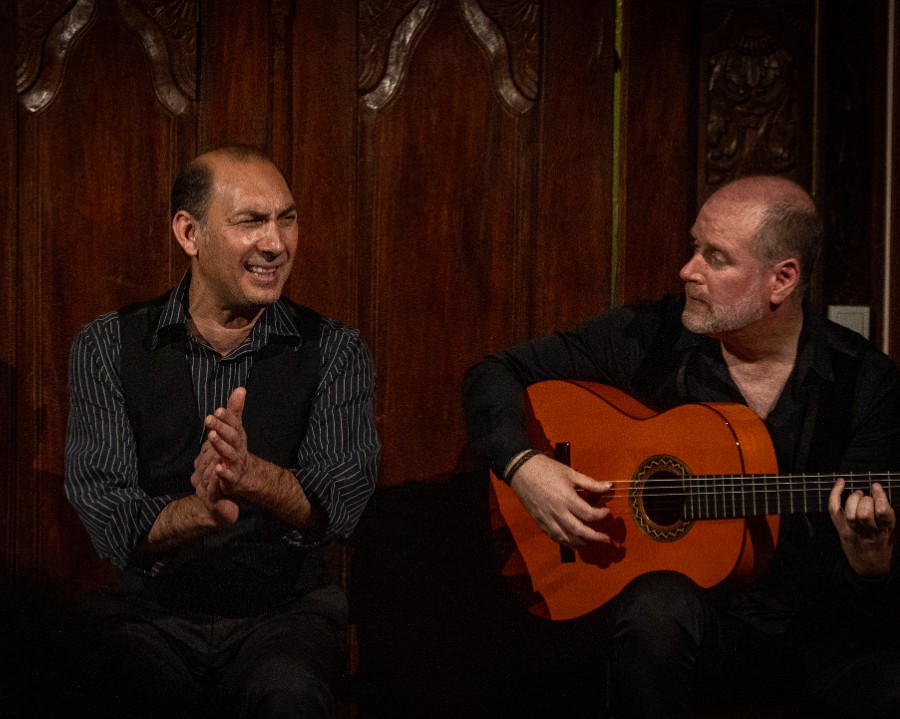Flamenco duende is a unique expression of Spanish culture that has captivated people all over the world. This art form combines music, song and dance in an exciting fusion that conveys passion, intensity and emotion. In this article, we will explore the magic of duende flamenco and its importance in Spain’s cultural identity.
What Does the Concept of Duende Flamenco Mean?
There is no exact definition of duende, but according to some flamenco experts, it can be described as an artist’s ability to captivate an audience with the vivid expression of his or her art on stage. It is that state of the artist that becomes the living expression of flamenco art. Even the Real Academia Española defines it as a “mysterious and ineffable enchantment”.
For Federico García Lorca, the duende is “a power and not a doing, it is a fighting and not a thinking”. While the scholar Anselmo Gonzalez Climent defines it as “a special state of flamenco grace”.
One of the most distinctive characteristics of flamenco duende is its emotional intensity. Flamenco artists express a wide range of emotions through their music, song and dance, conveying passion, pain, joy and melancholy in every performance. This emotional intensity is what gives flamenco its famous “duende”, a term that refers to the magic and mystery that surrounds this art form.
Origins of Duende Flamenco
Duende Flamenco has its roots in southern Spain, particularly in Andalusia, where it has developed over centuries. It is believed that flamenco emerged from the fusion of Roman, Arabic and Gypsy cultures, giving rise to a unique and vibrant art form that reflects the diversity and history of the region.
One of the most distinctive characteristics of flamenco duende is its emotional intensity. Flamenco artists express a wide range of emotions through their music, song and dance, conveying passion, pain, joy and melancholy in every performance. This emotional intensity is what gives flamenco its famous “duende”, a term that refers to the magic and mystery that surrounds this art form.
Elements Of Duende Flamenco
Flamenco duende is made up of several elements that combine to create a unique artistic experience. The flamenco guitar, with its frenetic rhythms and melancholic melodies, is one of the pillars of flamenco. The cante, or flamenco singing, is another essential part, with lyrics that speak of love, heartbreak, tragedy and triumph. And, of course, the flamenco dance, with its passionate and elegant movements, completes the trinity of flamenco duende.
Cultural Importance Of Duende Flamenco
Duende Flamenco is not only an art form, but also a symbol of Spanish cultural identity. Over the years, flamenco has evolved and adapted, but it has always maintained its essence and magic. Today, flamenco is recognised worldwide as a unique expression of Spanish passion and art.
Flamenco duende has transcended borders and conquered international stages, bringing the emotion and beauty of flamenco to audiences all over the world. Flamenco artists such as Camarón de la Isla, Paco de Lucía and Sara Baras have contributed to popularising flamenco globally, securing its place as one of the most important and appreciated art forms in the world.
If you want to feel the flamenco duende in a live performance, you can’t miss our flamenco shows in Seville with the best artists in the world of flamenco. Whether they have duende or not is up to you to decide. Book your flamenco tickets now.


